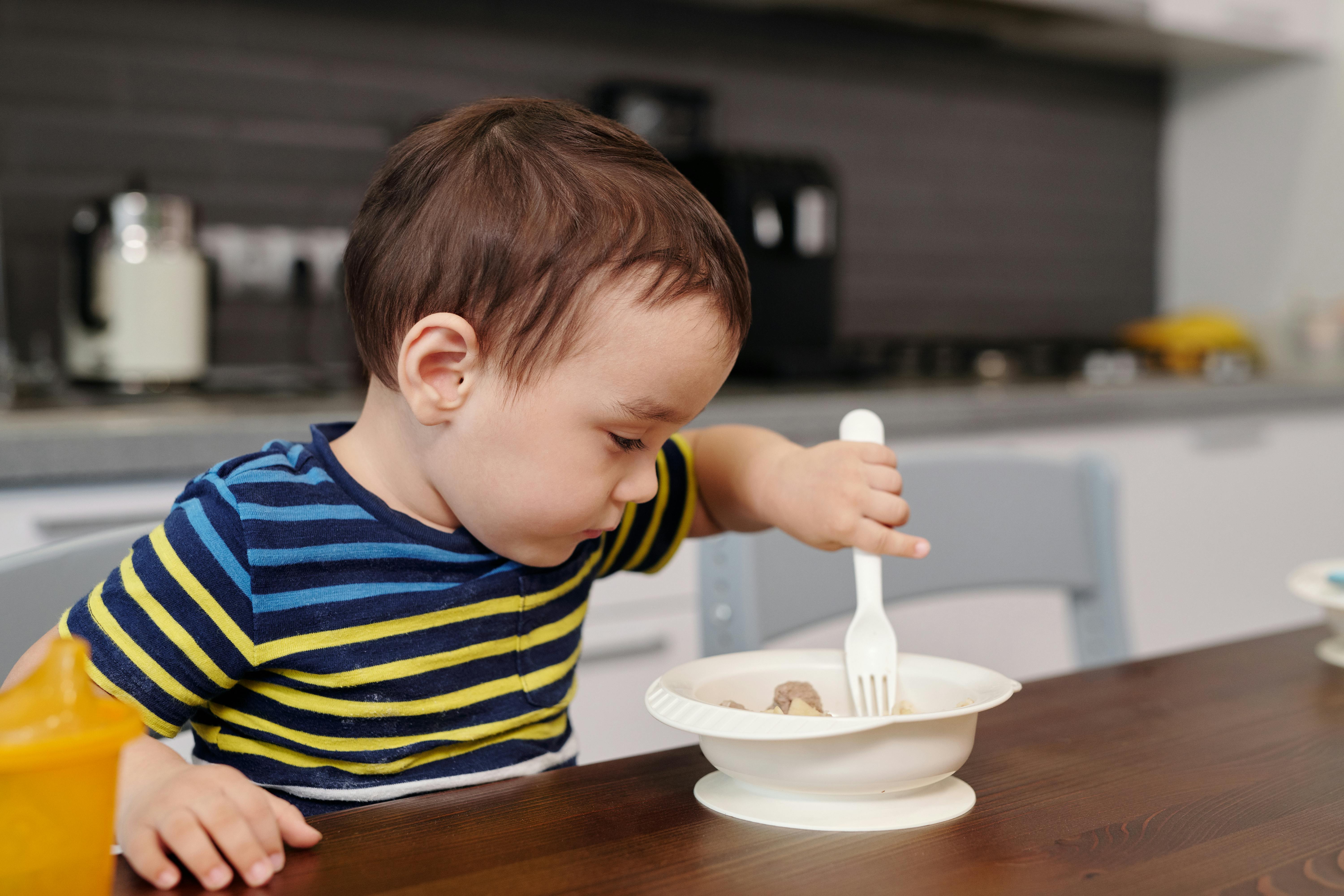One of the most confusing parts of shopping is trying to figure out what size to try on and ultimately what to add to your wardrobe. Start with your basic measurements and determine if you are a Junior, Misses, Petite, Tall or Plus size. This may seem so easy, but there are a lot of women and girls who shop in the WRONG department. This leads to unflattering garments that, while “technically” fit in the sense that they can be zipped up or worn without falling off, simply aren’t. own self. Most of us know when we outgrow kids sizes and switch to juniors. It’s much harder to explain the difference between Junior and Misses sizes, and when it’s time to switch.
Juniors have odd number sizes (0, 1, 3, 5, 7, 9, etc.) and are cut straight, like a larger kids’ size with less cartoon embellishment. Just like children’s clothing, the fabric and designs are cheap for a cheaper price. Junior’s clothing is designed for girls that “fit” their bodies. The hips will widen as the body matures, so Junior’s clothing is for a narrower hip and slender silhouette. Basically, when going up a size in Juniors and parts still seem tight in the bust and/or hips, it’s time to move up to Misses.
The ladies’ clothing is measured in an even number (0, 2, 4, 6, 8, 10, etc.). Although both Junior and Misses are size zeros, the Junior size 0 will be slightly smaller than the Misses size 0 and will have a straighter overall cut. As we get older, gravity doesn’t favor us and our busts are lower in our frames. Ladies’ clothing is tailored to a lower bust line, not to say a sagging bust, just lower. The ladies are cut for a curvier shape, at the bust and hips. The inseam on the pants is slightly longer than the juniors to accommodate more buttocks, hips and just more girth.
Petite sizes are very close to ladies, just a little shorter. These are identified as even number sizes with a P (2P, 4P, 6P, etc.). Petite clothing is cut with shorter sleeves and hems than ladies of the same size. The hip cut is also shorter, so the hip curve location is actually on the small hip, rather than further down (longer). Women who are 5’4″ will generally find a better fit in the Petite section. However, there are some women who are over 5’4″ who have a long waist, which means that most of their height is the torso and may only need a short pants or skirt. . While many short-waisted women often need petite tops, they can also wear petite pants.
Tall sizes are the complete opposite of Petite. Identified as even numbers followed by T (2T, 4T, 6T, etc). The sleeves and hem are longer than the misses and the hips are cut longer. Women who are 5’9″ and taller usually find a better fit in larger sizes. But if you think petite sizes are hard to find, try shopping for taller sizes. There are some women who are 5’9″ and larger than they can still wear Misses pants (long-waisted) or Misses tops (short waisted). Many tall women simply learn to live with 3/4 sleeves and skirts/dresses instead of trying to find tops and pants that are long enough. Remember, you can always shorten the sleeves or the hem, it’s much harder to add fabric to make something longer or bigger.
Women’s sizes are even numbers and can start at 12 or 16 and are usually identified as the even number followed by W (12W, 14W, 16W, etc.). Some plus size stores have their own numbering system where a size 12W anywhere else is a 1. Plus sizes are often cut for women of regular height or taller, it is extremely rare to see Plus and Petite cut clothing. Plus size clothing can be cut for a larger waist, so really curvaceous women with relatively small waists are often better off in misses than women, even though they “might” wear both.
Pay close attention to which clothes fit well and which areas are too small or big (or too low or high). That will give you better direction to try something from a different department for a more polished look!
